- Etiquette in Soo Bahk Do Pt.1 Connecting with others and culture - A Series by Steven Lemner, Sa Bom Nim, Chil Dan # 23703
- Etiquette in Soo Bahk Do Pt. 2 Connecting with others and culture - A Series by Steven Lemner, Sa Bom Nim, Chil Dan # 23703
- Etiquette in Soo Bahk Do Pt. 3 “The Dojang, the opening ceremony“- A Series by Steven Lemner, Sa Bom Nim, Chil Dan # 23703
- Etiquette in Soo Bahk Do Pt. 4 “Etiquette in action, Students connecting” - A Series by Steven Lemner, Sa Bom Nim, Chil Dan # 23703
- Etiquette in Soo Bahk Do Pt. 5 “Communication Etiquette”- A Series by Steven Lemner, Sa Bom Nim, Chil Dan # 23703
- Etiquette in Soo Bahk Do Pt. 6 “Communication Etiquette”- A Series by Steven Lemner, Sa Bom Nim, Chil Dan # 23703
- Etiquette in Soo Bahk Do Pt. 7 “Personal Etiquette “- A Series by Steven Lemner, Sa Bom Nim, Chil Dan # 23703
Etiquette in Soo Bahk Do Pt. 6 “Communication Etiquette”
by Steven Lemner
There are times when martial arts studios gather for social situations, special family events, promotions and the arts etiquette carry’s over to these situations. These situations are very much like many social situations and gatherings that we in our lives attend. These can be at school, church, work, and family studio gatherings. The etiquette's that we learn in class or life crossover to many of these. Most are exactly the same. Many of these simple actions were taught to us a children growing up by our parents and grandparents.
But sometimes as time goes on they can be neglected and forgotten only and not passed on to future generations.
A simple dinner with our family lays the foundation for some simple etiquette's. Now, for simplicity I will not explore the details of fine dining, but rather the common situations most of us attend.
If we were to have a guest over to our home we try our best to make them feel welcome and at ease. We offer them something to drink, l give them to the best seat in the house, maybe in some cases they are there to attend a dinner we prepared.
This is when the concept as martial artist of Choon Beh comes into focus. The first introduction, our actions, tone, kindness helps to set the tone.
To use a dinner as example, we would invite our guest to the table and offer them something to drink. Pouring the drink for them is a simple etiquette to start with.
One of my first jobs was working in a Chinese restaurant. I was only 15, and started as a bus boy. But very
quickly, they began to teach me a variety of simple etiquette's for service. Pouring water was done from away from the table as to not spill water on the table, then placed from the right of the guest on the table. Working around the table, if possible to each guests right side.
Now, I use this as an example to demonstrate that simple etiquette action shows concern and respect for the guest.
For these following examples I will relate some insights as pertaining to the martial art that I practice, which is a Korean style. There might be some variables based on the culture of the martial arts being practiced.

In many of the martial arts social gathering/dinners when the senior member enters everyone would be called to attention, recognize the senior member with a bow, and a greeting. Then once they had taken their seat everyone else would be seated. As you can see it’s very much like when a senior member enters a Dojang. If the class was in session, the instructor would call the class to attention, Recognize the senior member with a bow, and a greeting, and wait for the response or to take their position.
At a dinner, the senior member who would be next in line by rank, might ask if they would like a drink and make and sure that is taken care of. This is there responsibility. So allow them to perform their task.
When the meal is ready to be served, the group would wait until the most senior member received theirs before beginning to eat or drink.
These actions as they play out remind me of a well executed form. (Hyung). There is timing, attention to detail, and total awareness to our surroundings. Our actions are focused and purposeful.
Now with this example there are times as with my self personally, I have asked that others such as children or elderly begin first. As an instructor I feel my awareness has to be on point to help others feel comfortable and at ease in these situations because many have never been taught these etiquette's.
We as instructors teach many things and I have found just like technique in a physical sense, etiquette should also be taught to help the process for students to understand and feel comfortable and confident in these situation‘s.
As to several distinct Korean customs at a dinner I will share a few insights to those so that its culture from which the art came from can be explored. I found out that this understanding helped when I attended an event in Korea were many of these etiquette's took place. My understanding of these before I attended helped me feel more comfortable and at ease in the situations.
Hyangeumjurye (향음주례) drinking etiquette:
In South Korea, it is traditional that when a person gives an alcoholic drink to another adult, the person has to offer the drink respectfully with two hands. When pouring a drink, the bottle should be held with the right hand, and the wrist of your right hand held lightly with the left hand.
When receiving a glass from an elder / senior, one must hold the glass with two hands (left palm at the bottom and hold the glass with the right hand) and bow the head slightly. When it is time to drink, the drinker must turn away from the elder, and cover the mouth and glass with their hands. The first drink must be finished in one shot. When the glass is empty, the drinker hands it back to the person who poured the drink for them and the drinker then pours them a shot. This starts a series of glass and bottle passes around the table.
There is also a etiquette for receiving drinks. When receiving drinks, the same etiquette applies when pouring drinks. When elders / seniors give alcohol to a younger person, the younger person should receive the drink politely and with gratitude by saying "thank you". The next step is to hit the bottle, and then put it down. Also, when drinking beer, it is proper for the younger drinker to turn their head, so as to not directly face the elder / senior when drinking.
Never, ever pour your own drink. Always make sure that you pour for someone else, and watch your drinking mates’' glasses attentively to see if they need a refill. When you receive a drink, hold it with both hands.
If someone in the table is older / senior than you, make sure that their glass is full at all time. Unless they don’t want anymore. POUR WITH BOTH HANDS.
When you toast, your glass should be lower/higher based on age. When you clink glasses, adjust your glass so that your glass is lower than your seniors and higher than your juniors.
Eating etiquette:
Dining Etiquette dictates that you should try to manage to eat at the same pace as those around you. If you notice that you will be finished with your food while everyone is still on their first few bits, you might want to slow it down. Trust me Korean food is really good and with a huge variety of things to try you will really enjoy it, but take your time. (Wan Gup / speed control)
Unlike in many other Asian countries, it’s unusual to lift your soup or rice bowl while eating your meal Korea culture. Korean Etiquette dictates that you should make sure that your soup or rice bowl is on the table throughout the meal, and use your spoon to eat the rice instead of chopsticks. This makes it much easier!
What is also considered quite rude among Koreans is if you stick your chopsticks straight into your bowl of rice (not to mention that it looks pretty silly). This is because it resembles what happens at a Korean funeral ceremony, when incense sticks are placed the same way.
Note: don’t be surprised if your asked to sing or toast! Hint.
Now these are just a few of the etiquette's that will help at a dinner with a Korean senior. Many senior members, even not being Korean, follow many of these cultural etiquette's to further enhance the understanding of the Korean culture from which this art in particular comes from. I know my instructor. Sa Bom Nim Russ Hanke did and shared many of these insights with me.
The bottom line to etiquette in these situations are really pretty simple. Remember the senior goes first, the elders / seniors, and guests are all as if they were in your own home. Kindness, awareness and respect never are wrong and set the best example of Moo Do Ja Seh in action.
Watch for Pt 7
1 comment
Comments are closed.



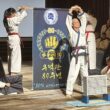
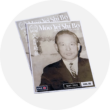

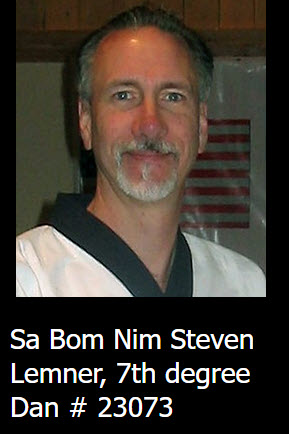

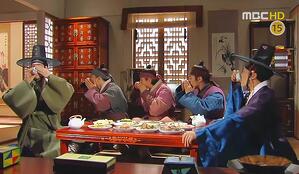


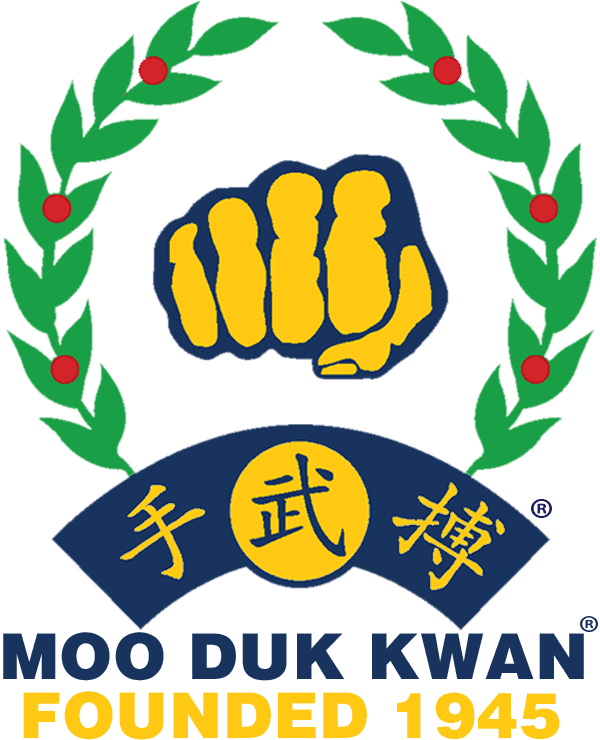
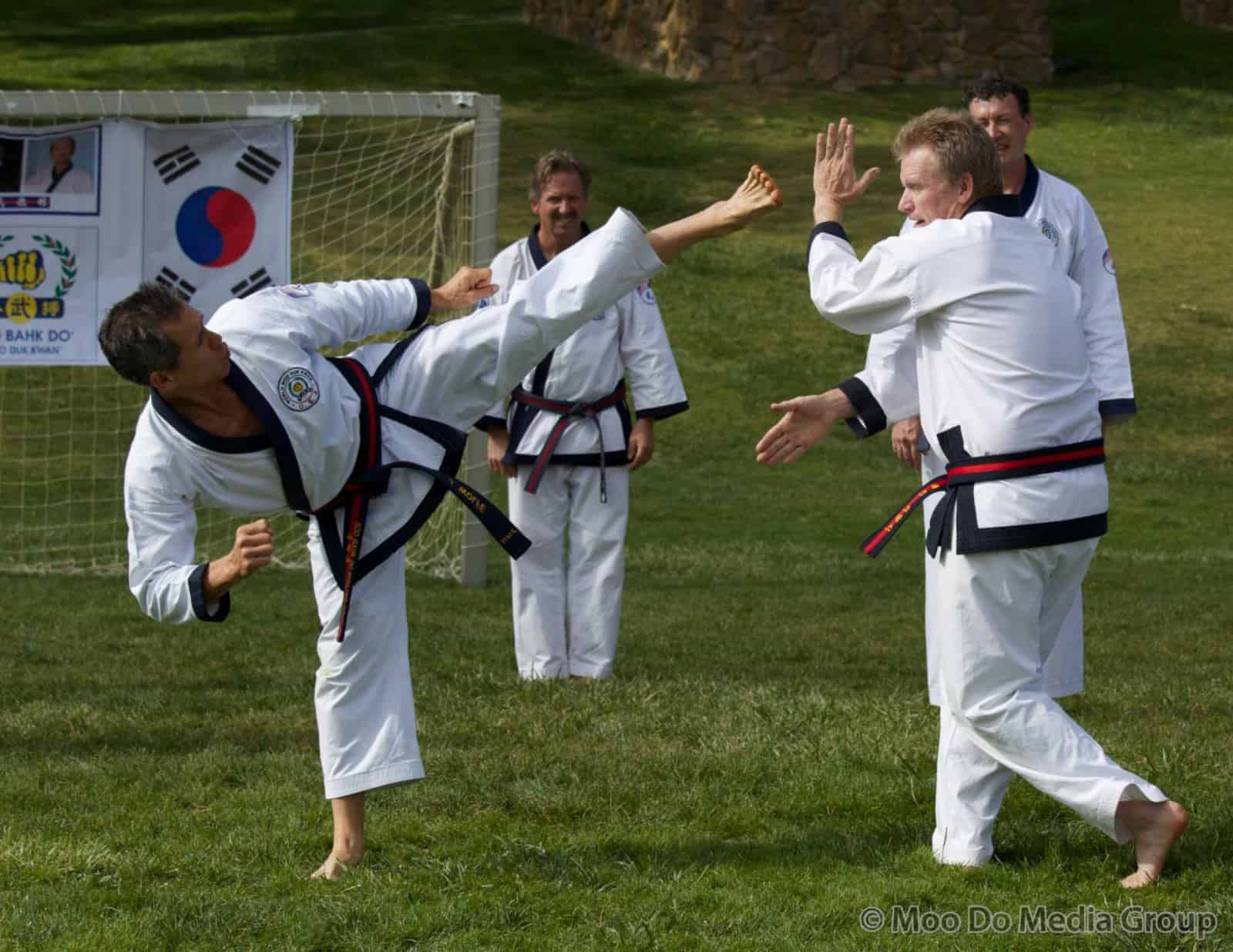
Thank you Sa Bom Nim Lemner. Thank you Founder Hwang Kee, and Kwan Jang Nim Hwang.